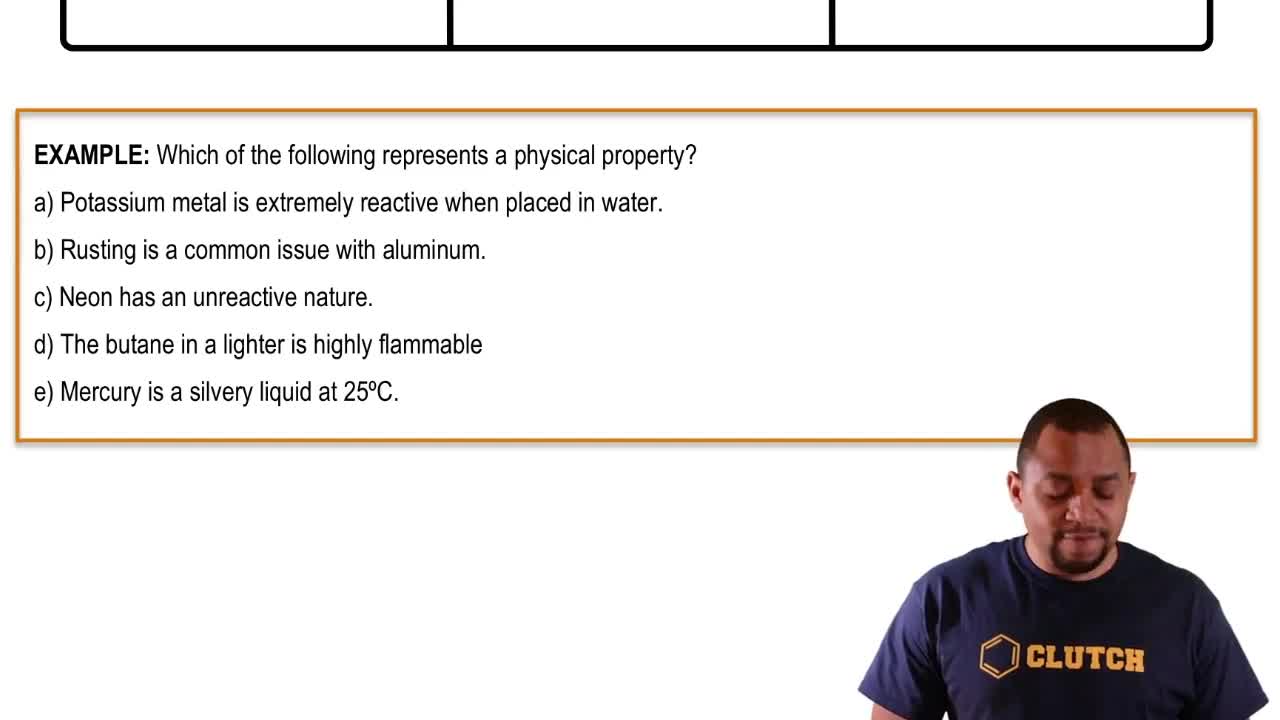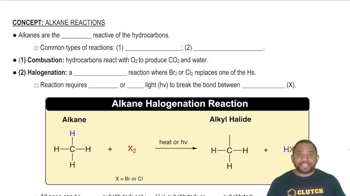Which element will react most vigorously with water, and what is the reaction that occurs?
(a) Lithium; 2 Li(s) + 2 H2O(l) → 2 Li+(aq) + 2 H–(aq) + H2O2(aq)
(b) Potassium; 2 K(s) + 2 H2O(l) → 2 K+(aq) + 2 OH–(aq) + H2(g)
(c) Magnesium; Mg(s) + 2 H2O(l) → Mg2+(aq) + 2 OH–(aq) + H2(g)
(d) Barium; Ba(s) + 2 H2O(l) → Ba2+(aq) + 2 H–(aq) + H2O2(aq)




